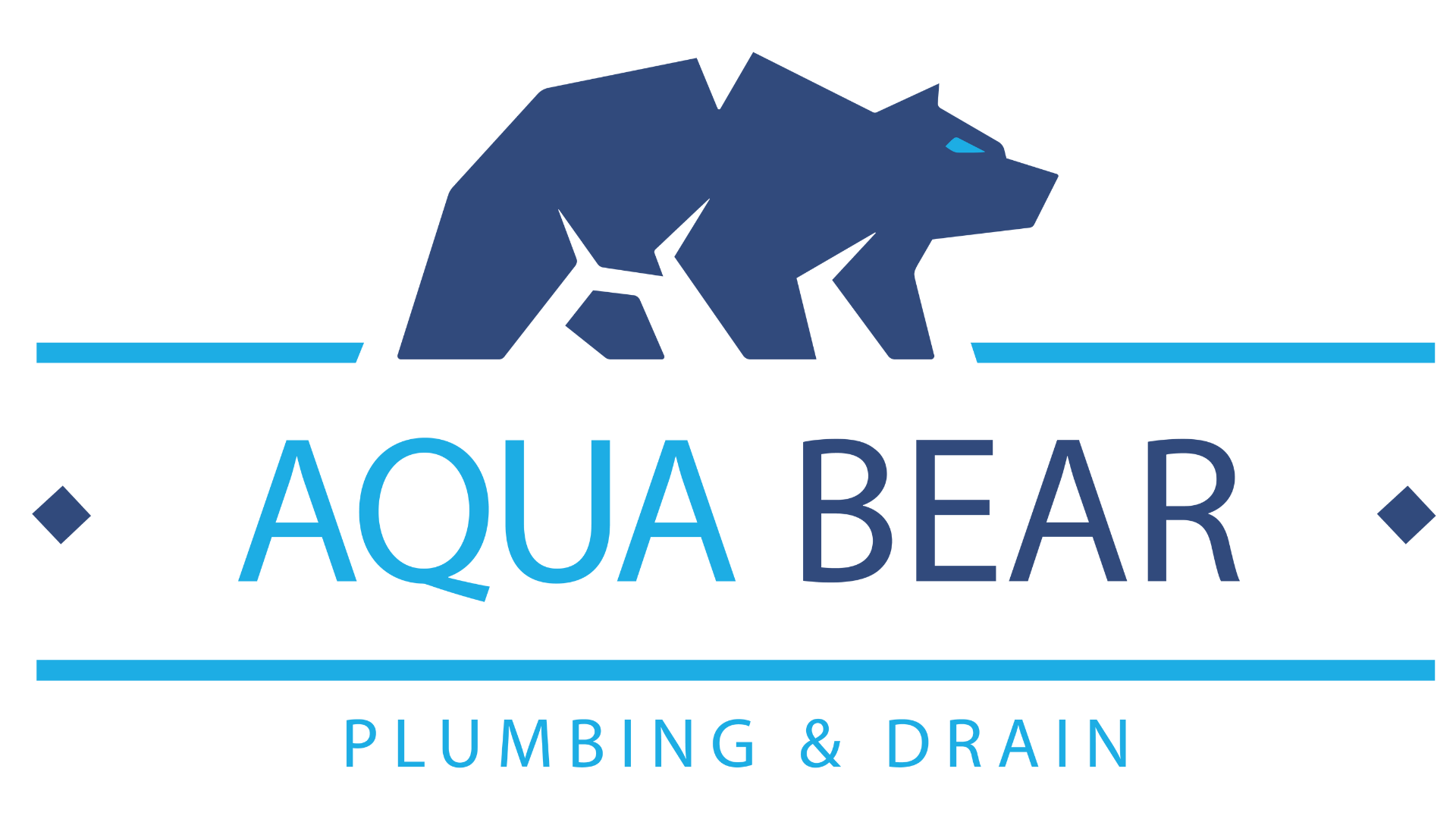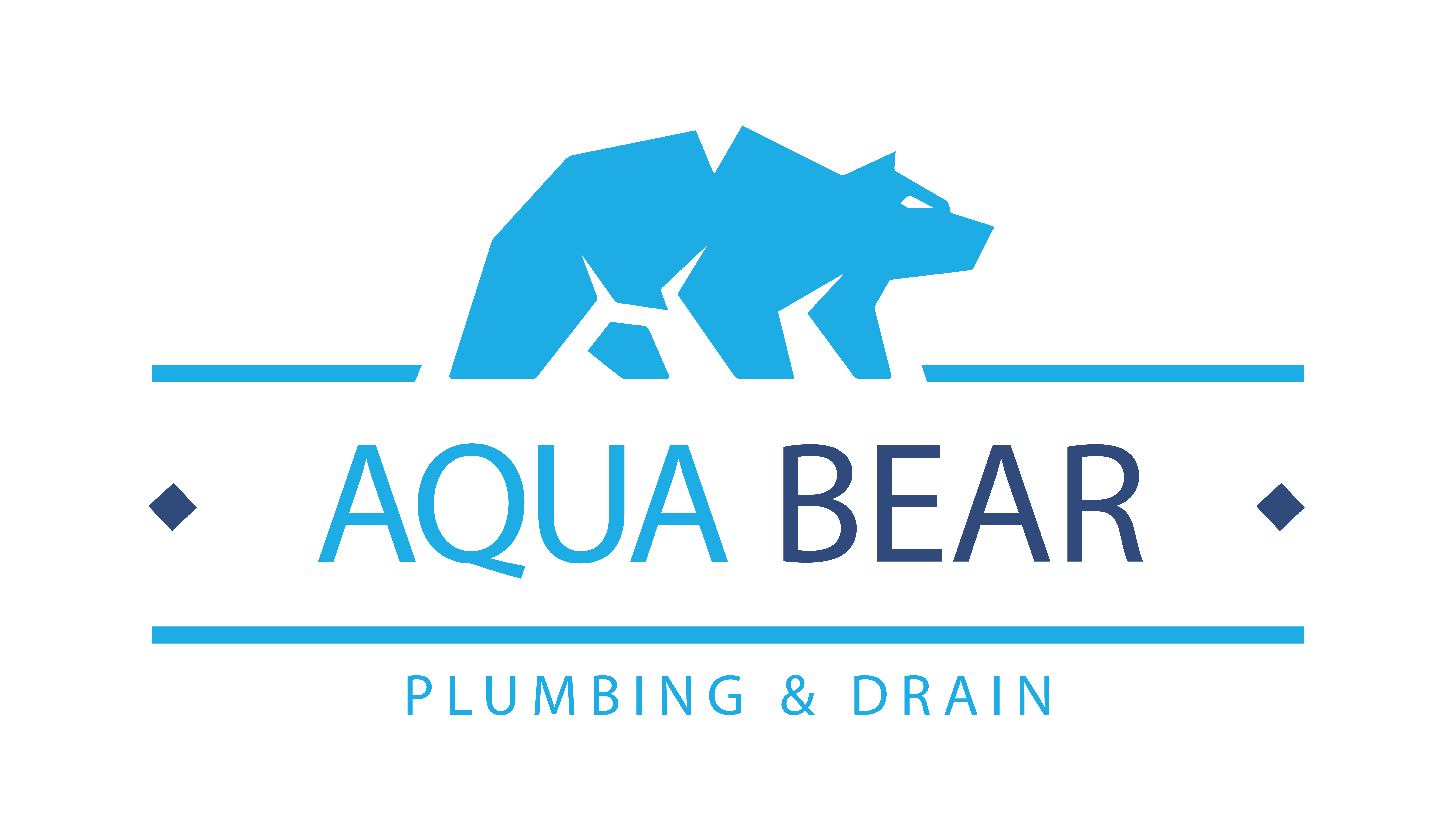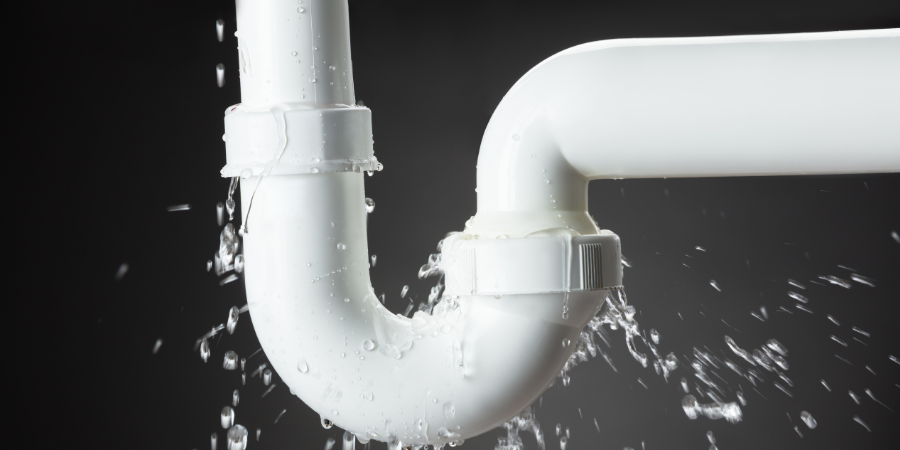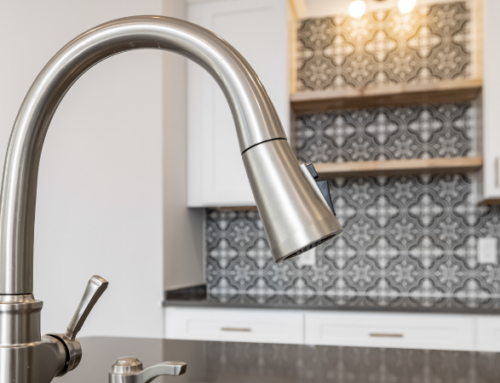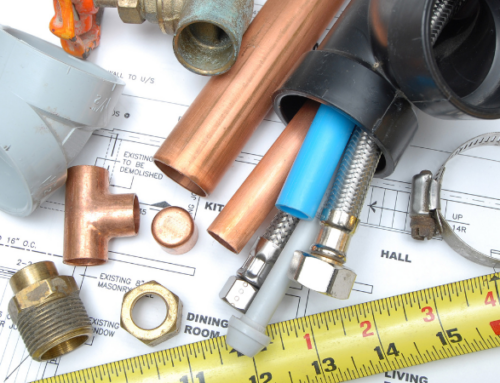When it comes to maintaining and upgrading a home’s plumbing system, one of the most critical decisions homeowners face is choosing the right pipe materials for repiping. The materials used can significantly impact the longevity, efficiency, and overall safety of the plumbing system. As a professional plumber, I have seen the benefits and drawbacks of various pipe materials in different scenarios. It’s essential to make an informed choice to ensure that the repiping process yields the best results for your home.
In this blog, we will explore the best pipe materials to consider when repiping a home. We will cover common materials, their pros and cons, important factors to consider when making a selection, and the specific uses for different types of pipes. By the end of this article, you will have a comprehensive understanding of which pipe materials are best suited for your specific needs and why making the right choice is crucial for your home’s plumbing system.
Common Materials, Pros And Cons
There are several materials commonly used in home repiping projects, each with its own advantages and disadvantages. Understanding these can help you make an informed decision.
Copper
Copper pipes have been a staple in plumbing for many decades due to their durability and reliability. They are resistant to corrosion, can handle high temperatures, and do not degrade in sunlight. Copper pipes also have a long lifespan, often exceeding 50 years. However, they can be expensive and require skilled labor for installation due to the need for soldering.
PVC
Polyvinyl chloride (PVC) pipes are popular for their affordability and ease of installation. They are lightweight, resistant to corrosion, and suitable for a variety of plumbing applications, including drain, waste, and vent piping. However, PVC pipes are not ideal for hot water lines as they can warp or degrade at high temperatures.
CPVC
Chlorinated polyvinyl chloride (CPVC) pipes are similar to PVC but treated to withstand higher temperatures, making them suitable for hot water lines. They are also resistant to corrosion and easy to install. While CPVC pipes are more expensive than PVC, they offer greater versatility. However, they can become brittle over time and may require more careful handling.
PEX
Cross-linked polyethylene (PEX) pipes are known for their flexibility, making them easy to install in tight spaces and around obstacles. They are resistant to scale and chlorine, do not corrode or develop pinholes, and can be used for both hot and cold water lines. PEX pipes are also energy efficient as they retain heat better than metal pipes. However, they are vulnerable to UV light and cannot be used outdoors unless properly protected.
Galvanized Steel
Galvanized steel pipes were once commonly used in home plumbing but have fallen out of favor due to their tendency to corrode and build up mineral deposits over time, leading to reduced water flow. They are durable and strong but require significant maintenance and are prone to rusting from the inside out. Replacing galvanized steel pipes is often recommended during repiping projects.
Stainless Steel
Stainless steel pipes offer excellent corrosion resistance and durability. They are suitable for both hot and cold water lines and are often used in commercial applications. While they are less prone to corrosion than galvanized steel, they are also more expensive. The installation of stainless steel pipes can be complex and typically requires professional expertise.
Factors To Consider
When choosing pipe materials for repiping, several factors should be considered to ensure the best fit for your needs and budget.
Cost
The initial cost of pipe materials can vary widely. Copper and stainless steel are generally more expensive than PVC, CPVC, or PEX. However, it’s important to also consider long-term costs, including maintenance, repairs, and the lifespan of the materials.
Durability
Durability is a crucial factor, as it determines how long the pipes will last and how well they will withstand various conditions. Materials like copper and stainless steel are known for their longevity, while PVC and CPVC are more susceptible to damage over time.
Corrosion Resistance
Corrosion resistance is vital to prevent the pipes from degrading and contaminating the water supply. Copper, CPVC, and stainless steel offer good resistance to corrosion, while galvanized steel is prone to rusting and buildup of deposits.
Ease Of Installation
Ease of installation affects both the time and labor costs of a repiping project. PEX and PVC are typically easier and quicker to install due to their flexibility and lightweight nature, whereas copper and stainless steel require more specialized skills and tools.
Plumbing Code Adherence
Ensuring that the chosen pipe materials comply with local plumbing codes is essential. Different regions may have specific requirements or restrictions on the types of materials that can be used in residential plumbing systems. Consulting with a professional plumber can help ensure compliance with all relevant regulations.
Uses
Different types of pipes are best suited for various applications within a home’s plumbing system. Understanding these uses can help in selecting the right materials for specific needs.
High Pressure
For high-pressure applications, materials like copper and stainless steel are ideal due to their strength and durability. They can withstand the higher pressures found in certain parts of a plumbing system without deforming or leaking.
Hot Water
Hot water lines require materials that can handle high temperatures without degrading. CPVC, PEX, and copper are all suitable for hot water applications. CPVC and PEX are particularly popular due to their ease of installation and resistance to scale buildup.
Sewer Lines
Sewer lines require materials that are resistant to corrosion and able to handle waste effectively. PVC is a common choice for sewer lines due to its durability and resistance to chemical corrosion. It is also cost-effective and easy to install.
Water Supply Lines
For water supply lines, PEX, copper, and CPVC are often used. PEX is favored for its flexibility and resistance to freezing, while copper is valued for its long lifespan and reliability. CPVC is a good middle-ground option, offering resistance to high temperatures at a lower cost than copper.
Looking For Help In Choosing The Best Pipe Material?
Choosing the best pipe materials for repiping a home is a critical decision that impacts the longevity, efficiency, and safety of the plumbing system. By understanding the pros and cons of common materials like copper, PVC, CPVC, PEX, galvanized steel, and stainless steel, homeowners can make informed choices that best suit their needs and budgets. Considering factors such as cost, durability, corrosion resistance, ease of installation, and adherence to plumbing codes ensures a successful repiping project.
If you’re considering repiping your home, take the time to evaluate your current plumbing system and consult with us at Aqua Bear Plumbing and Drain to discuss the best pipe materials for your specific needs. By making informed choices and investing in quality materials, you can ensure a durable and efficient plumbing system that will serve your home well for years to come. Don’t hesitate to reach out for expert advice and take proactive steps to maintain and upgrade your home’s plumbing infrastructure.
